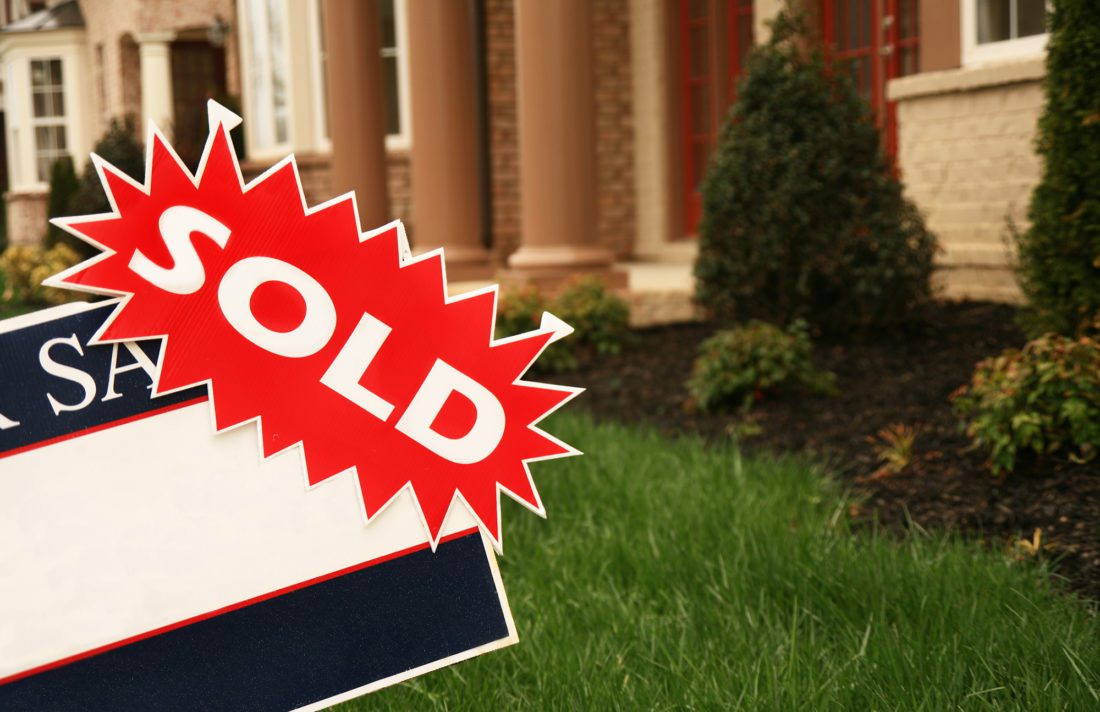
New research has found Black and Latino homeowners make significantly lower returns on buying a home than whites, on average. But surprisingly, it’s not because of differences in home prices or appreciation rates in their neighborhoods.
In fact, when it comes to regular home sales, minority sellers realize about the same returns on average as whites. The study found instead that almost all of the disparity is driven by higher rates of foreclosures and other distressed home sales among Blacks and Latinos, which wipes out a huge chunk of potential wealth and lowers average returns.

“Most of us think of home ownership as an excellent way to build wealth, so I think it’s natural for politicians and policymakers to believe that the best way to reduce the wealth gap is to promote home ownership among minorities,” said Berkeley Haas Assoc. Prof. Amir Kermani, study co-author. “What’s striking is that we found that equalizing rates of first-time home ownership would have almost no effect on the housing wealth gap, whereas helping people keep their homes would make a huge difference.”
The National Bureau of Economic Research (NBER) working paper, co-authored with Francis Wong of NBER, has important implications for housing policy, and also identifies the disturbing and deep-seated disparities in job stability and liquid wealth that underlie the higher foreclosure rates for Blacks and Latinos—even those with higher incomes.
The persistent wealth gap
In the United States, the median white household holds ten times the wealth of the median Black household. But although Black home ownership has increased from 23% in 1920 to 45% in 2021, the wealth gap has barely budged. Kermani was curious as to why decades of policies to increase homeownership hadn’t made more of a difference in closing the wealth gap.
He and Wong harnessed massive datasets linked together by the Fisher Center for Real Estate and Urban Economics, capturing 6 million home ownership spells from 1990 to 2017. The data includes Home Mortgage Disclosure Act records with self-reported race and ethnicity from loan applicants, real estate transaction records from data provider ATTOM; credit reports and loan-servicing data from Equifax-McDash; plus loan information from several other government and private sources. The study is the first to estimate the gap in returns on home ownership for Blacks and Latinos using data on individual transactions.
Across the housing market, discrimination has been well-documented, from redlining to unequal tax assessments to unfavorable loans and refinancing deals. And historically, minorities have often faced lower house price growth in their neighborhoods. That’s why Kermani was surprised to find that for regular home sales over the last two decades, average returns were very similar across racial groups—within neighborhoods with many minority homeowners and those that are primarily white. While some individual Black and Latino sellers sold their homes for much lower prices, gentrification pushed prices sky-high in other neighborhoods, bringing up the average.
Yet averaged across all types of sales annually, Black and Latino homeowners make 3.7 and 2.0 percentage points less than white homeowners, the researchers found. Compounded over ten years, that’s a 44% lower return for Blacks and 22% lower for Latinos. These disparities in returns on home investments exist across all income levels, even the richest one-third of minority homeowners. (The magnitude is greatest among lower-income and single-parent families.)
Averaged across all types of sales annually, Black and Latino homeowners make 3.7 and 2.0 percentage points less than white homeowners. Compounded over ten years, that’s a 44% lower return for Blacks and 22% lower for Latinos.
Distressed sales
It’s among distressed sales where the chasm emerges. Distressed sales include foreclosures, where a borrower stops making payments on their mortgage and the lender sells the home to recover the balance, as well as short sales, where a lender forces the homeowner to sell for the outstanding mortgage balance.
Minority homeowners are 5% more likely to experience a distressed sale, and to live in neighborhoods where forced sales carry a steeper price discount, likely because there are fewer buyers, Kermani said. Distressed sales usually carry a price penalty, but even within distressed sales, Black and Latino homeowners make 3.8 and 2.7 percentage points lower returns than white homeowners, respectively.
“If we could equalize the rate of return on homeownership for Blacks and whites—without any increase in home ownership—we would reduce the Black/white housing wealth gap by about 40% at retirement,” said Kermani. “If we were able to equalize both home purchases and the rate of return on ownership, we’d reduce the gap by 50%.”
Less job security, fewer assets
So why are minorities so much more likely to lose their homes in forced sales? It’s not because they take on more debt to buy them, and although differences in income and overall wealth play a role, they’re not the primary driver, the study found. For Blacks in particular, the researchers found a huge gap in liquid assets—cash or its equivalent—that accelerates from age 50 on. They also found that Blacks and Latinos are much more likely to lose their jobs than whites, across all sectors, education levels, geographic locations, and income levels.
“That was what surprised me the most: Even Black households with income over a hundred thousand dollars are still about 5% more likely to experience a layoff,” Kermani said. “The combination of higher job instability and fewer liquid assets makes people very vulnerable to a temporary shock, and increases the chances of losing all the wealth they’ve accumulated in their house.”
The researchers found that controlling for liquid assets and income shocks explains one-third of the higher mortgage delinquency for Blacks, and nearly half the difference for Latinos. Kermani said he hopes to dig deeper into the causes of the layoff disparities in future research.
Policy implications
“What’s clear is that the main problem seems to be rooted in the labor market, and the main fix has to be creating more stable jobs and ways to build liquid assets,” he said. “But in the short term, one solution is more flexible mortgage contracts and more mortgage modifications.”
The researchers estimated that receiving a modification after three months of failing to make mortgage payments can reduce the likelihood of a foreclosure by 37 percentage points, and increase a homeowner’s average annual returns by nearly 9 percentage points.